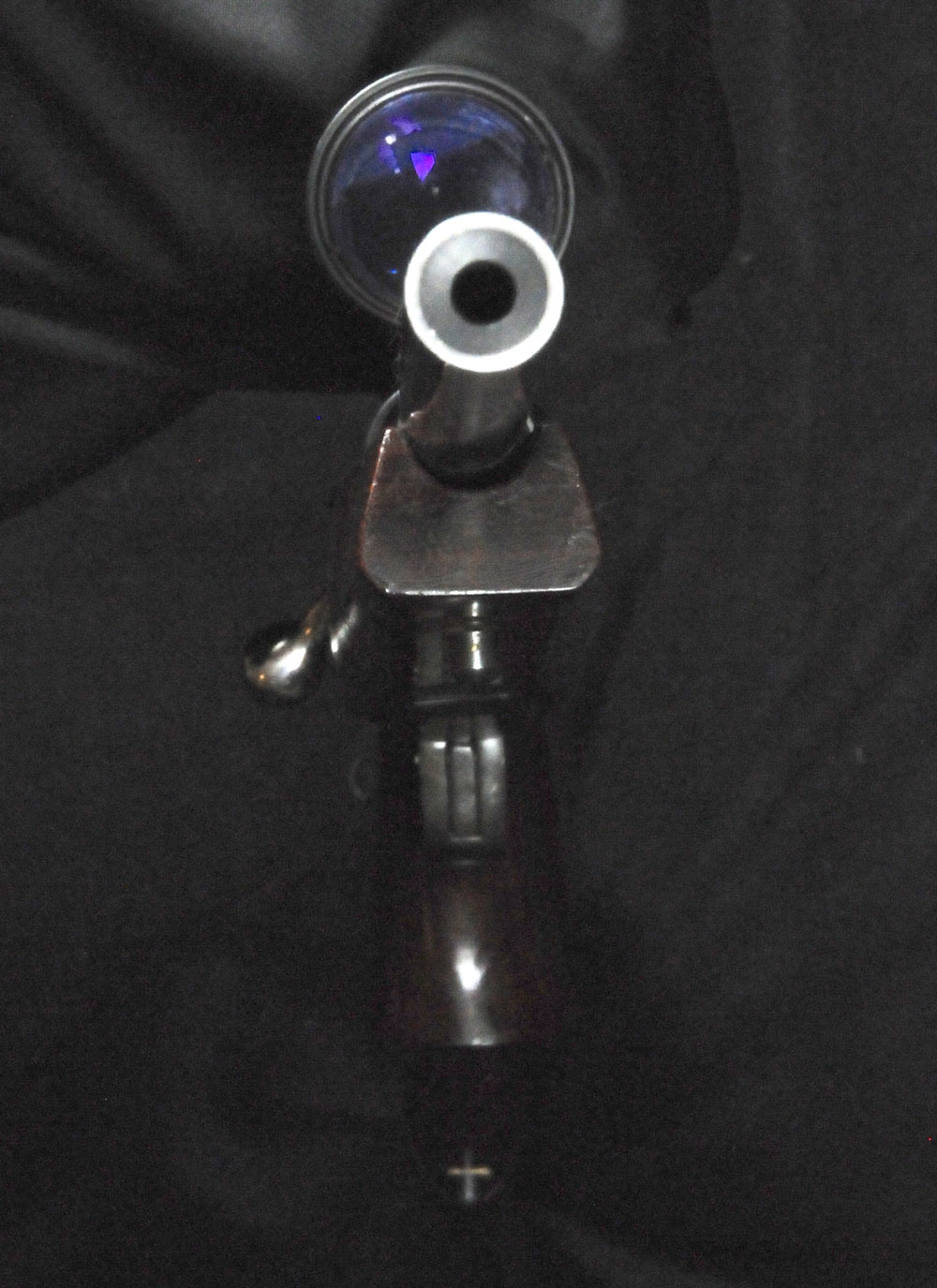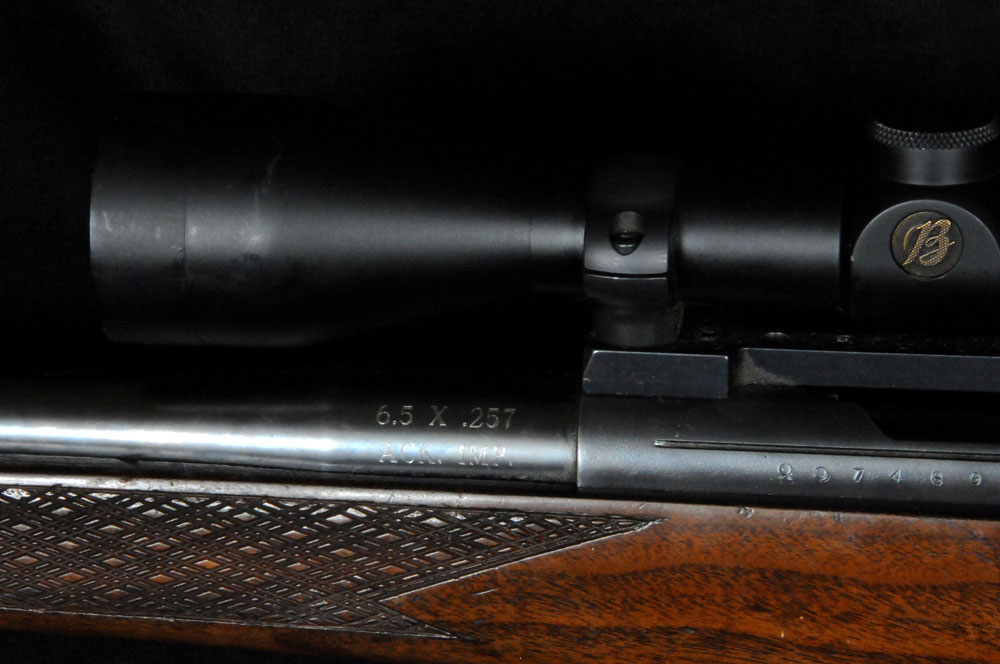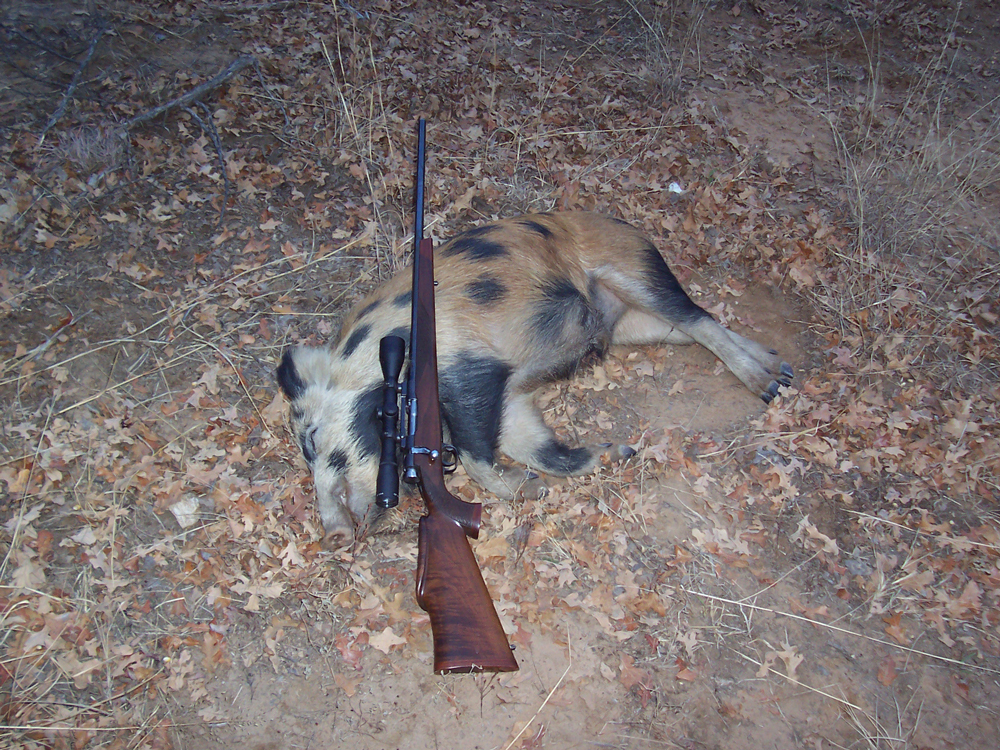An article earlier this week on the 6.5 Grendel created quite the buzz. While the various 6.5 cartridges are generating a lot of interest lately, the idea of a long-range setup based on the caliber is nothing new.
The shooting and hunting fraternity has seen multiple developments in cartridge, caliber, and rifle configurations converge in the past 20 years in an attempt to maximize long-range capability in non-magnum cartridges. The trend toward shorter cartridges with little to no body taper and a sharp shoulder angle arguably began with the .300 Savage, and has only accelerated in the past decade. A multitude of hunting cartridges have since been developed with a focus on efficiency and accuracy.
The long-range shooting community has embraced this type of cartridge and combined the concept with those caliber bullets that combine outstanding flight characteristics with moderate recoil. The result has been the development of 6.5mm cartridges and bullets used in long-range competition—with the 6.5x.284 widely used and the 6.5 Creedmoor recently introduced by Hornady.
Kenny Jarrett did not invent the long-range hunting rifle, but his “beanfield rifle” style has helped refine it into an art form. Roughly defined as a heavy-stocked, heavy- and long-barreled rifle of surpassing accuracy specifically designed for shots at long range from a steady rest, the beanfield rifle is often chambered for the most accurate cartridges available.
Combining the developments of both long-range target shooting and long-range hunting rifles, it would make sense to chamber a beanfield hunting rifle for an accurate, long-range 6.5mm cartridge.
Such a rifle already exists, built 50 years ago. I have it.

A broad forend and a heavy barrel help make this 6.5mm deadly.
E.R. Miller came back from World War II and eventually settled in the small town of Clute, Texas, down on the Gulf Coast. I knew him as Uncle Pete, in the Southern tradition. Pete opened a gun shop, converting military rifles from the war to sporters, repairing all types of firearms, building custom stocks and rifles to order, providing custom loads, and even developing a cartridge. Pete’s business card read: “If it’s difficult—we do it immediately. If it’s impossible—it takes a little longer.”
In the late ’50s Pete decided to build the ultimate long-range hunting rifle chambered in a non-magnum caliber, and decided to make it beautiful to boot. The cartridge chosen was a double wildcat: the .257 Roberts necked up to 6.5mm and blown out to Ackley Improved. This cartridge would function in a short action, have all body taper removed, and feature the Ackley shoulder.
In P.O. Ackley’s book, the cartridge is described as the .260 AAR, attributed to the Apex Rifle Company and designated the “All Around Rifle”. Ackley listed a maximum velocity of 2,883 fps with a 140-grain bullet—very similar to the listed velocities of the 6.5x.284 and 6.5 Creedmoor. Mr. Ackley specifically recommended this cartridge for conversions of the 6.5mm “Jap” rifles.
Pete’s rifle is centered on an Arisaka action, highly finished and converted to sporter configuration. The action is mated to a 27½-inch, 1:9 twist Shilen medium-heavy-contour barrel with a recessed crown to eke out every bit of velocity the cartridge had to offer and to provide maximum accuracy.

A dark-walnut stock and deep-cut lines mean Pete’s rifle is as beautiful as it is effective.
The stock, made from dark walnut, is specifically designed to be shot from a stable rest and succeeds in combining function with beauty. The forend is similar to the Weatherby style—large with a flat bottom for maximum stability off a rest. There is a full pistol-grip wrist for greater control, a straight stock, and a rollover cheekpiece to further maximize stability. The checkering is deep-cut.
The rifle is definitely not a light sporter; it weighs more than 11 pounds, and its overall length is 47 inches.
Pete’s rifle regularly shoots one-inch groups with the 120-grain bullet I load now, although Pete found the 140-grain bullet to be the more accurate of the two back in the day.
His rifle combines the elements taking the long-range target shooting and hunting disciplines by storm today, lock, stock, and barrel (plus cartridge and caliber). It is a great example of the latest trends in both cartridge development and beanfield rifle design, only it was built in a small shop in a small Texas town by a man 50 years ahead of his time.

